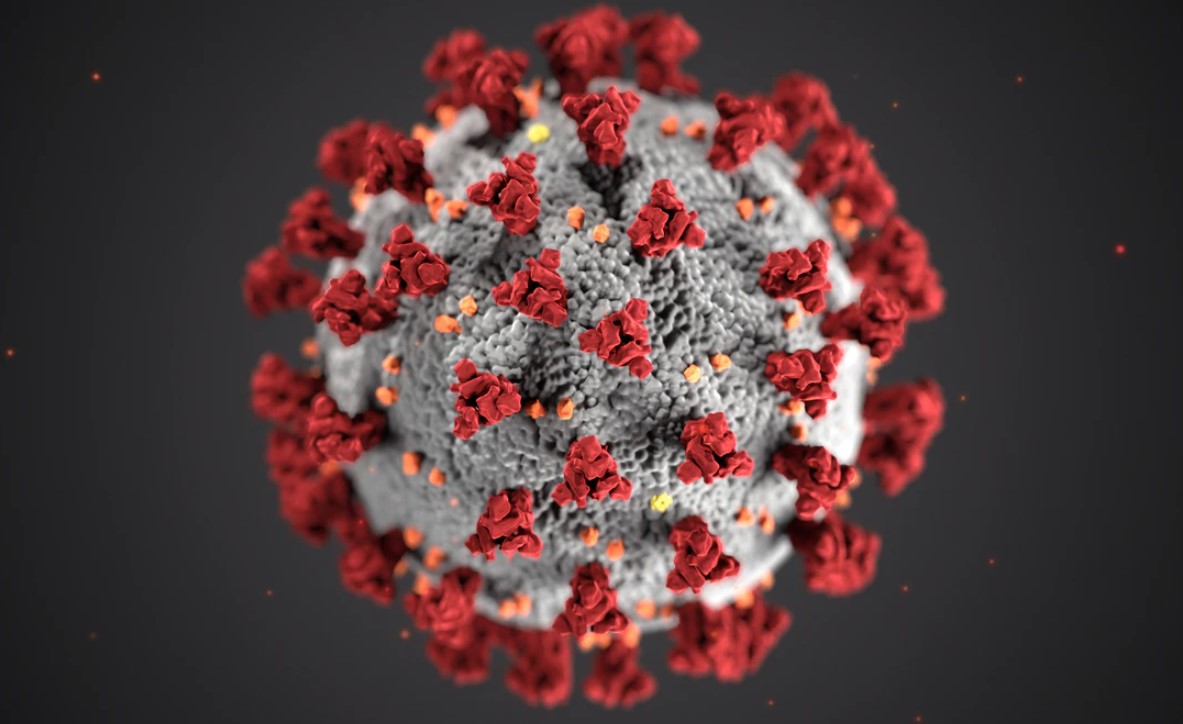A coronavirus is a kind of common virus that causes an infection in your nose, sinuses, or upper throat. Most coronaviruses aren’t dangerous.
What Is a Coronavirus?
Coronaviruses were first identified in the 1960s, but we don’t know where they come from. They get their name from their crown-like shape. Sometimes, but not often, a coronavirus can infect both animals and humans.
Most coronaviruses spread the same way other cold-causing viruses do: through infected people coughing and sneezing, by touching an infected person’s hands or face, or by touching things such as doorknobs that infected people have touched.
Almost everyone gets a coronavirus infection at least once in their life, most likely as a young child. In the United States, coronaviruses are more common in the fall and winter, but anyone can come down with a coronavirus infection at any time.
Severe coronavirus outbreaks include:
COVID-19: In early 2020, after a December 2019 outbreak in China, the World Health Organization (WHO) identified a new type, 2019 novel coronavirus (2019-nCoV), which can be fatal. The organization named the virus severe acute respiratory syndrome coronavirus 2 (SARS-CoV-2) and named the disease it causes COVID-19. The outbreak quickly moved from China around the world. Symptoms of COVID-19 include fever, cough, and shortness of breath.
Middle East Respiratory Syndrome (MERS): About 858 people have died from MERS, which first appeared in Saudi Arabia and then in other countries in the Middle East, Africa, Asia, and Europe. In April 2014, the first American was hospitalized for MERS in Indiana and another case was reported in Florida. Both had just returned from Saudi Arabia. In May 2015, there was an outbreak of MERS in Korea, which was the largest outbreak outside of the Arabian Peninsula.
Severe Acute Respiratory Syndrome ( SARS ): In 2003, 774 people died from an outbreak. As of 2015, there were no further reports of cases of SARS.
Common Symptoms of Coronavirus
The symptoms of most coronaviruses are similar to any other upper respiratory infection, including runny nose, coughing, sore throat, and sometimes a fever. In most cases, you won’t know whether you have a coronavirus or a different cold-causing virus, such as rhinovirus.
You could get lab tests, including nose and throat cultures and blood work, to find out whether your cold was caused by a coronavirus, but there’s no reason to. The test results wouldn’t change how you treat your symptoms, which typically go away in a few days.
But if a coronavirus infection spreads to the lower respiratory tract (your windpipe and your lungs), it can cause pneumonia, especially in older people, people with heart disease, or people with weakened immune systems.
What to Do About Coronavirus
There is no vaccine for coronavirus. To help prevent a coronavirus infection, do the same things you do to avoid the common cold:
- Wash your hands thoroughly with soap and warm water or with an alcohol-based hand sanitizer.
- Keep your hands and fingers away from your eyes, nose, and mouth.
- Avoid close contact with people who are infected.
You treat a coronavirus infection the same way you treat a cold:
- Get plenty of rest.
- Drink fluids.
Take over-the-counter medicine for a sore throat and fever. But don’t give aspirin to children or teens younger than 19; use ibuprofen or acetaminophen instead.
A humidifier or steamy shower can also help ease a sore and scratchy throat.
Even when a coronavirus causes MERS or SARS in other countries, the kind of coronavirus infection common in the U.S. isn’t a serious threat for an otherwise healthy adult. If you get sick, treat your symptoms and contact a doctor if they get worse or don’t go away.
Original article: https://www.webmd.com/lung/coronavirus#2



























Comments